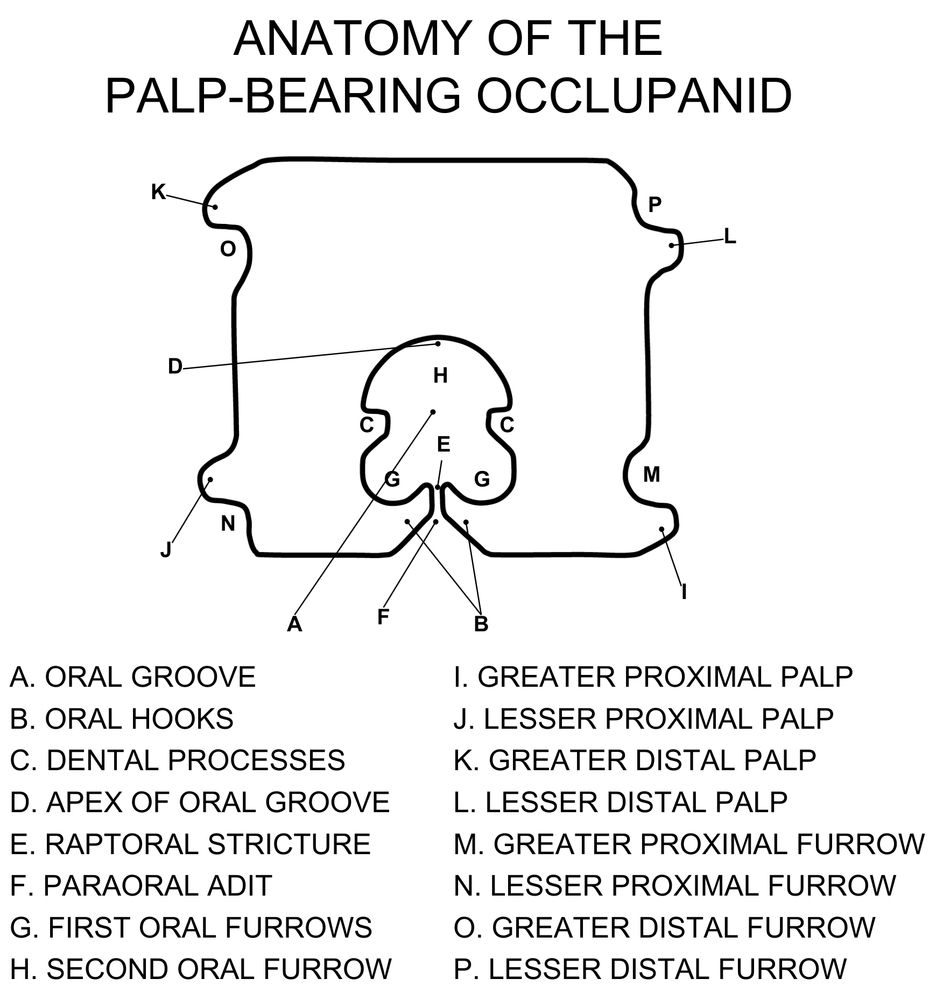
http://www.horg.com/














cusphangzhou.cargo.site/Occlupanid-P...




cusphangzhou.cargo.site/Occlupanid-P...
Occlupanid: 面包夹作为一种生物
Occlupanid: Plastic Bread Tags as Organism
Images kindly shared from CuspDot in Hangzhou, China.
Viewers are introduced to the scientific study of occlupanids, and invited to try their hand at identification.



Occlupanid: 面包夹作为一种生物
Occlupanid: Plastic Bread Tags as Organism
Images kindly shared from CuspDot in Hangzhou, China.
Viewers are introduced to the scientific study of occlupanids, and invited to try their hand at identification.

















